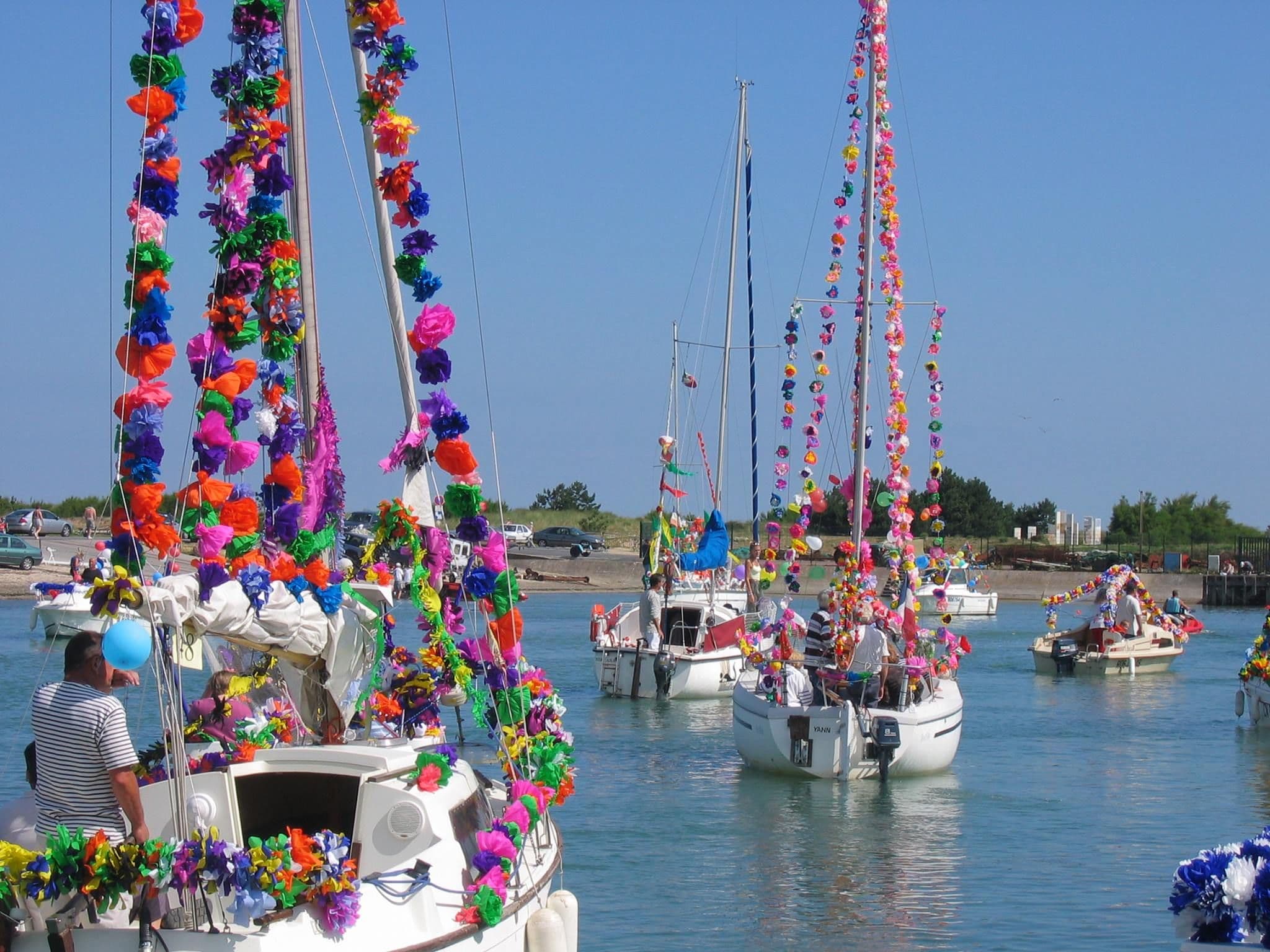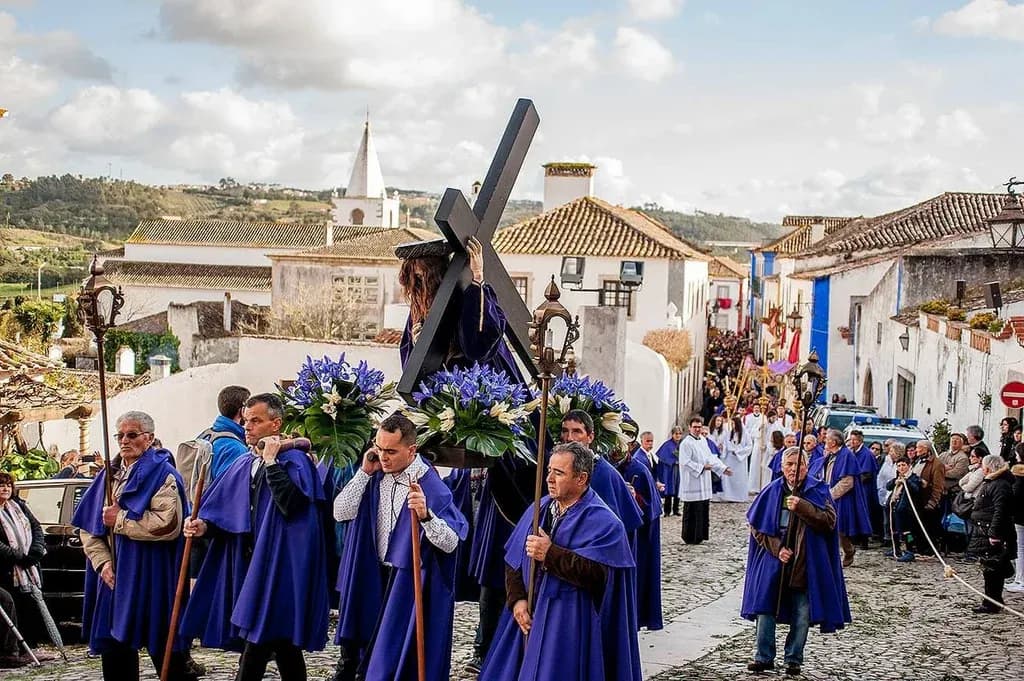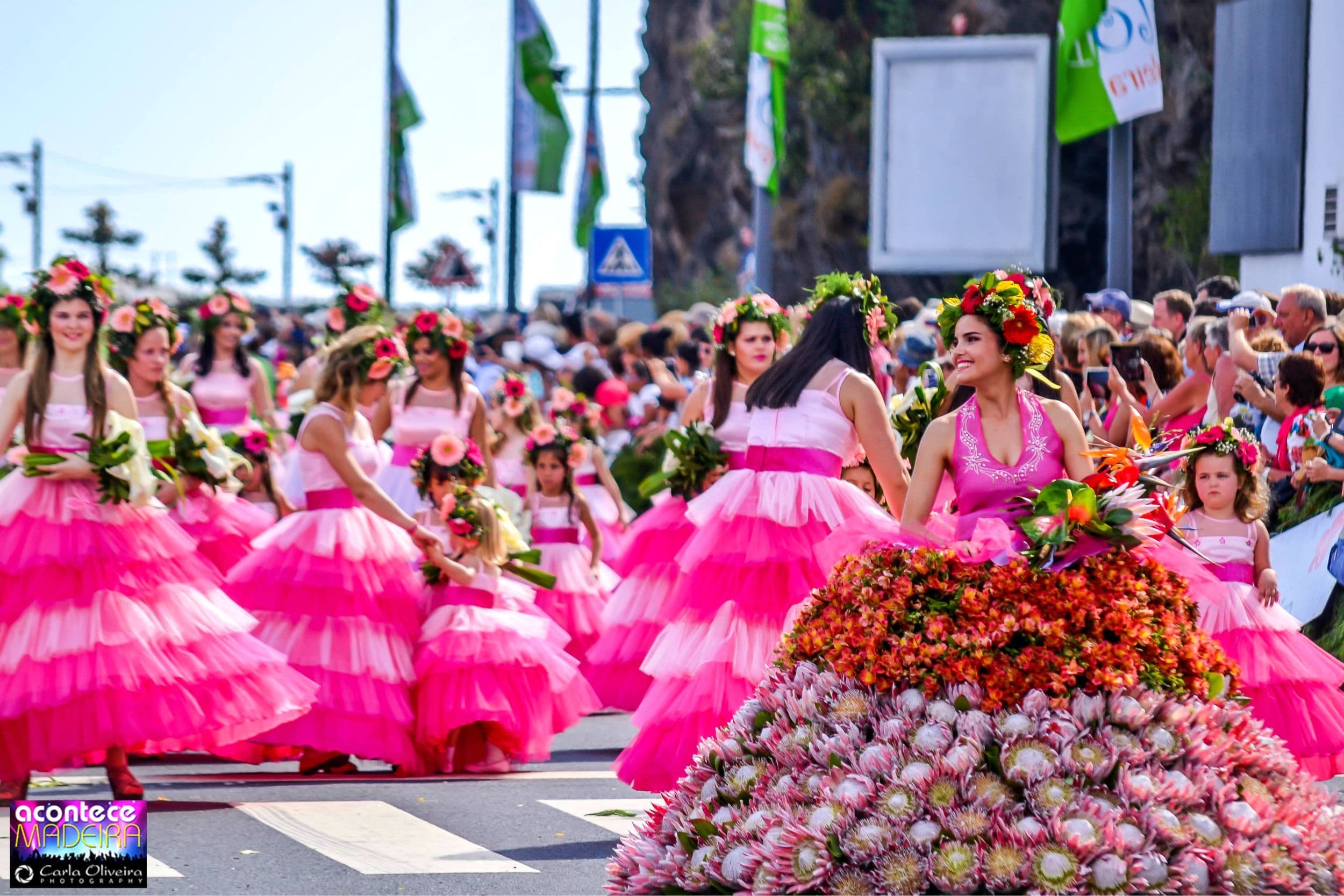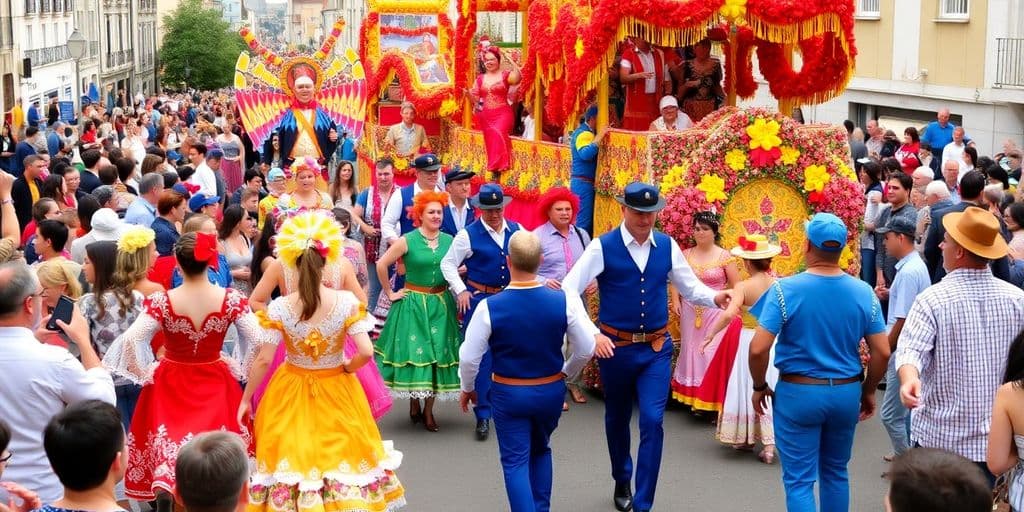
Between sweat, laughter and Port wine… Portugal in all its splendour! The sun beats down on the golden slopes of the Douro. The vineyards stretch as far as the eye can see, perfectly aligned on terraced hills that seem to defy gravity. The air smells of ripe grapes, warm earth and… a little sweat too (let’s not kid ourselves, harvesting here is no leisure sport!). In this valley, listed as a UNESCO World Heritage site, every autumn follows the same ritual: hundreds of hands at work, scissors clicking, laughter echoing, and the wine… that famous Douro wine… begins its new life !
Welcome to the Douro Valley, birthplace of Port and stage for one of the most vibrant moments of the year : the grape harvest.
A mythical valley in the heart of Portugal
It’s impossible to talk about the harvest without mentioning this postcard-perfect landscape. The Douro Valley is a bit like the Versailles of wine. Located in the northeast of Portugal, it stretches along the river that winds from Spain to Porto, sculpting breathtaking scenery. Here, everything seems designed to charm: the rolling hills, the terraced vineyards, the quintas (those wine estates) perched like balconies above the river, and that golden light that gives the grapes an almost divine glow. Even the most reluctant walkers end up pulling out their phones to capture the view (and congratulating themselves for wearing closed shoes). But behind the beauty lies an ancestral know-how! The Douro is one of the oldest demarcated wine regions in the world (since 1756, to be precise). Here, wine isn’t just made, it’s heritage being perpetuated…
The dance of the harvesters
In the Douro, the grape harvest is not just an agricultural step. It’s a real celebration, a collective ritual, a moment when the whole valley vibrates to the same rhythm. From mid-September, the hills come alive: the pickers (armed with clippers) lean over sun-drenched bunches of grapes. The baskets fill, the trucks arrive in turn, and the grapes head to the lagares, those large stone basins where they will be crushed barefoot… Yes, barefoot! And no, it’s not a tourist legend, having done it myself, I can confirm it’s a tradition still very much alive in many quintas !
Picture the scene: about twenty people, legs soaked up to their calves, walking to the beat of a drum, singing traditional songs. The first steps are hesitant (and a bit slippery), but soon the magic takes over. It’s folkloric, (very) physical and slightly comical. And above all, it’s a moment of unity and conviviality ! Douro wine is made not only with grapes but also with a great deal of humanity.
The quintas, the beating heart of the harvest
The quintas are the soul of the Douro. These family estates, often passed down through generations, are places where everything (absolutely everything, yes) revolves around wine. Some open their doors to visitors during the harvest season for a unique experience : to take part, to taste and to observe !
At Quinta do Seixo, for example (an estate belonging to the famous Port brand Sandeman), you can follow the entire process, from vine to cellar, and finish with a panoramic tasting overlooking the river (needless to say, your Instagram will thank you!). At Quinta da Pacheca, near Lamego, you can even sleep in a huge wine barrel turned into a hotel room. Yes, a barrel, how original ! You don’t need to be a wine enthusiast to find the idea brilliant.
But the real magic lies in the smaller quintas, where the harvest is still done by hand, among neighbours, cousins and friends. There, meals are shared right in the middle of the vineyards, warm bread, cheese, ham and, of course… a small glass (or two) of new wine.
A story of balance (and patience)
What one must understand is that in the Douro, the vine doesn’t have an easy life. The slopes are steep, the soil schistous, the sun relentless. Harvesters sometimes have to climb like goats to reach certain rows (and no, there’s no cable car !). But it’s precisely this challenging terroir that gives Douro wines their unique character : powerful, elegant, full of personality.
Here, more than 80 grape varieties are cultivated, most of them native: Touriga Nacional, Tinta Roriz, Tinta Barroca… Names that sound like Portuguese poetry and, when blended with care, produce exceptional wines. And it’s no coincidence that Port, that iconic fortified wine, was born here !
Between modernity and tradition
Today, the Douro Valley juggles gracefully between heritage and innovation. While some quintas still crush grapes by foot, others now use mechanical presses with precise pressure that mimics the human foot (yes, progress never stops !). But what’s striking is the shared desire to preserve the spirit of the place. Even the major international houses, such as Taylor’s or Graham’s, maintain deep respect for traditional methods. And every bottle tells a little of that story : of a people who have managed to marry hard work with a joy for life (and yes, the Portuguese are famous for that !).

When wine becomes a celebration
The harvest in the Douro is also about celebration. In many villages, the end of the harvest is marked by huge communal meals, dancing and singing. In Peso da Régua, the administrative heart of the region, the Festa das Vindimas (Harvest Festival) attracts thousands of visitors each year: folk parades, concerts, local markets and, of course, plenty (and we mean plenty) of wine.
It’s a suspended moment, filled with the pride of the locals. Glasses are raised to the work accomplished, people laugh, sing and toast to the next vintage. If you love authentic atmospheres, this is one event you shouldn’t miss! Provided, of course, that you’ve planned a sober driver or a place to sleep nearby (trust me, you’ll thank me later).
An experience to live (at least once)
Taking part in a harvest day in the Douro is more than a tourist activity: it’s full immersion. You don’t just watch the scenery, you become part of it.
Some quintas, such as Quinta das Carvalhas or Quinta do Tedo, offer special “Harvest” programmes where visitors can pick grapes, crush them, share lunch with the workers and taste the fruit of their labour. It’s tiring, yes (especially under 30°C), but incredibly rewarding. And in the evening, as you raise your glass of Port facing the sunset, you’ll understand why Douro wine is truly one of a kind.
The best time to go
The harvest usually takes place between mid-September and early October, depending on the weather and grape ripeness. It’s the liveliest period and also the most sought-after. Book ahead if you want to stay in a quinta (rooms disappear faster than a glass of vinho verde in 35°C heat).
And if you prefer a calmer pace, come just after : the landscapes are still splendid, the crowds gone, and the cellars filled with the scent of new wine. Autumn in the Douro is like Tuscany, Portuguese-style, wilder, and with a more musical accent.
A few pro tips (or almost)
- Closed shoes are a must (you’ll thank me in the sloping vineyards).
- Hat, sunscreen and a bottle of water: the Douro is beautiful, but it gets hot !
- Taste before you buy: every quinta has its own style, history and favourite grape.
- Don’t underestimate Douro table wines : people often think only of Port, but the region’s dry reds are among the best in the country.
And above all… take your time. Here, nothing is rushed, except perhaps the grapes !
A life lesson in a bottle
The Douro harvest isn’t just about wine : it’s a metaphor for Portugal. A blend of hard work and gentleness, of tradition and modernity, of discipline and celebration. Each bunch picked, each shared laugh, each drop crushed by hand tells a little of the story of a people who know that life, like wine, takes time to reach perfection.
So, if you’re passing through the region between September and October, let yourself be tempted. Dip your feet in the grapes, your heart in the moment, and your eyes in the light of the Douro. And when you raise your glass, you’ll know that here, more than just a drink, what’s being celebrated is a way of life.
Share this article
Suggested articles

Sea Festivals in the Algarve
In the Algarve, the sea is more than a blue horizon — it’s a way of life, an identity, a shared memory. From fishing villages to seaside resorts, Portugal’s southern coast comes alive every summer with maritime celebrations. These festivals pay tribute to the ocean, the fishermen, and the sense of community that defines the region. Colorful lights shimmer on the waves, boats are dressed in flags, and the scent of grilled fish drifts through the warm evening air.

The Feast of São João in Porto, between lanterns, sardines, and plastic hammers
Porto, on the evening of June 24… The air smells of grilled sardines, colorful garlands dance in the wind, and a strange noise echoes through the narrow streets: clack, clack, clack. No, it’s not a nighttime construction site, but thousands of plastic hammers joyfully tapping consenting heads. Welcome to the Feast of São João, one of the most anticipated events of the year in Portugal and without a doubt, the happiest chaos you’ll ever experience !

Religious processions, a Portugal between fervour and folklore
In Portugal, faith does not hide. It is sung, sometimes danced, adorned with flowers and light. It even flows down into the streets, to the sound of bells and drums, carried by entire generations. Whether you are a believer, a simple onlooker or a lover of shared emotions, attending a religious procession in Portugal means diving into one of the most profound and authentic aspects of Portuguese culture! Between fervour, tradition and popular spectacle, these parades reveal the soul of a country where spirituality often rhymes with conviviality.

Festa da Flor in Madeira: explosion of colors and traditions
There are moments when Madeira feels like a dream. The air is soft, the breeze carries the scent of jasmine and orchids, and the mountains glow in every shade of green. But it’s in spring, during the Festa da Flor, that the island truly reveals its soul.

The Portuguese Carnivals, from Torres Vedras to Ovar
February in Portugal isn’t just the month of gentle rain and steaming coffee. It’s above all the time when the whole country dresses up, puts on makeup, dances, sings and laughs until losing its voice… Because here, Carnival isn’t just a parade! It’s an institution, a collective outburst of joy, a cheerful, well-organised chaos.


